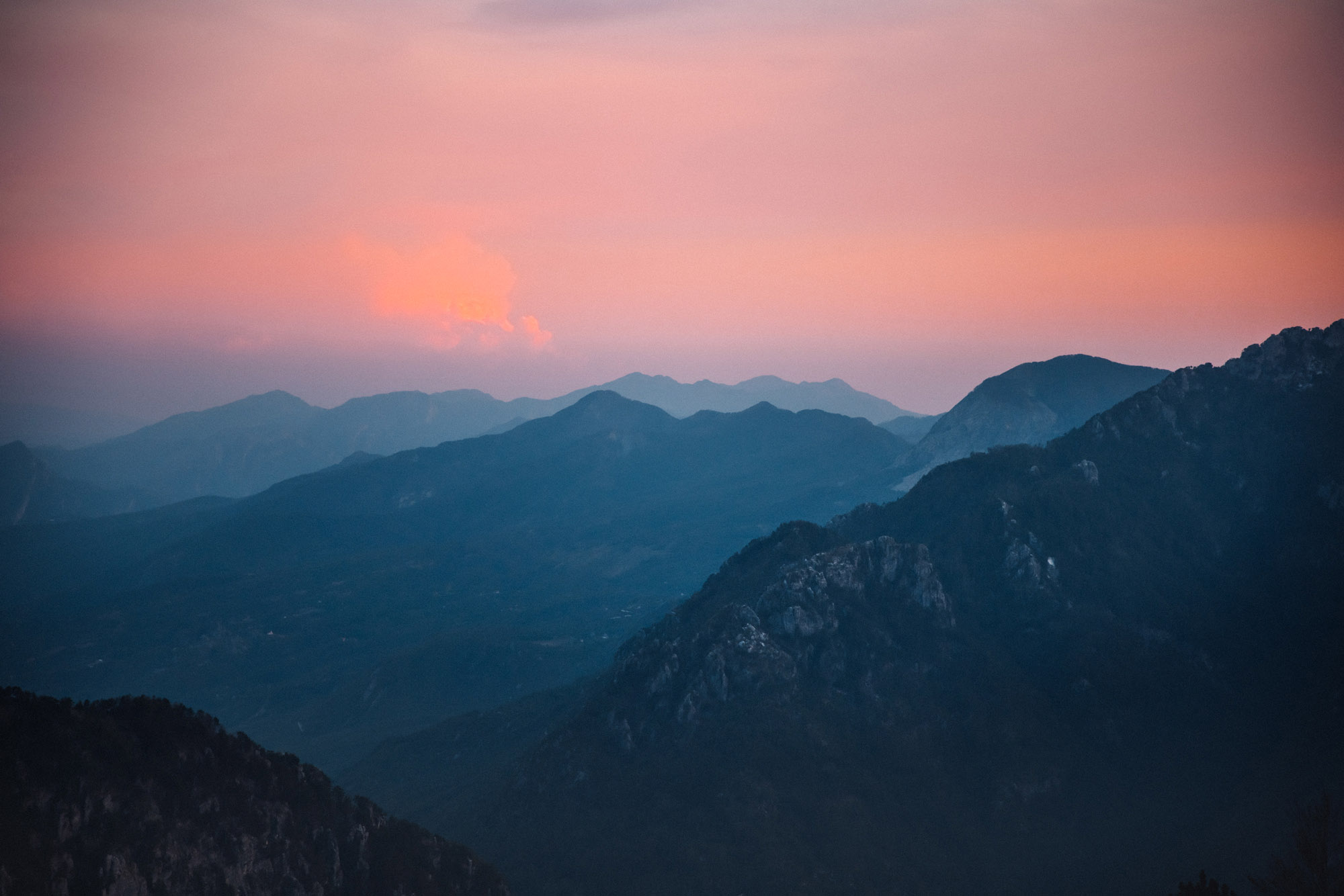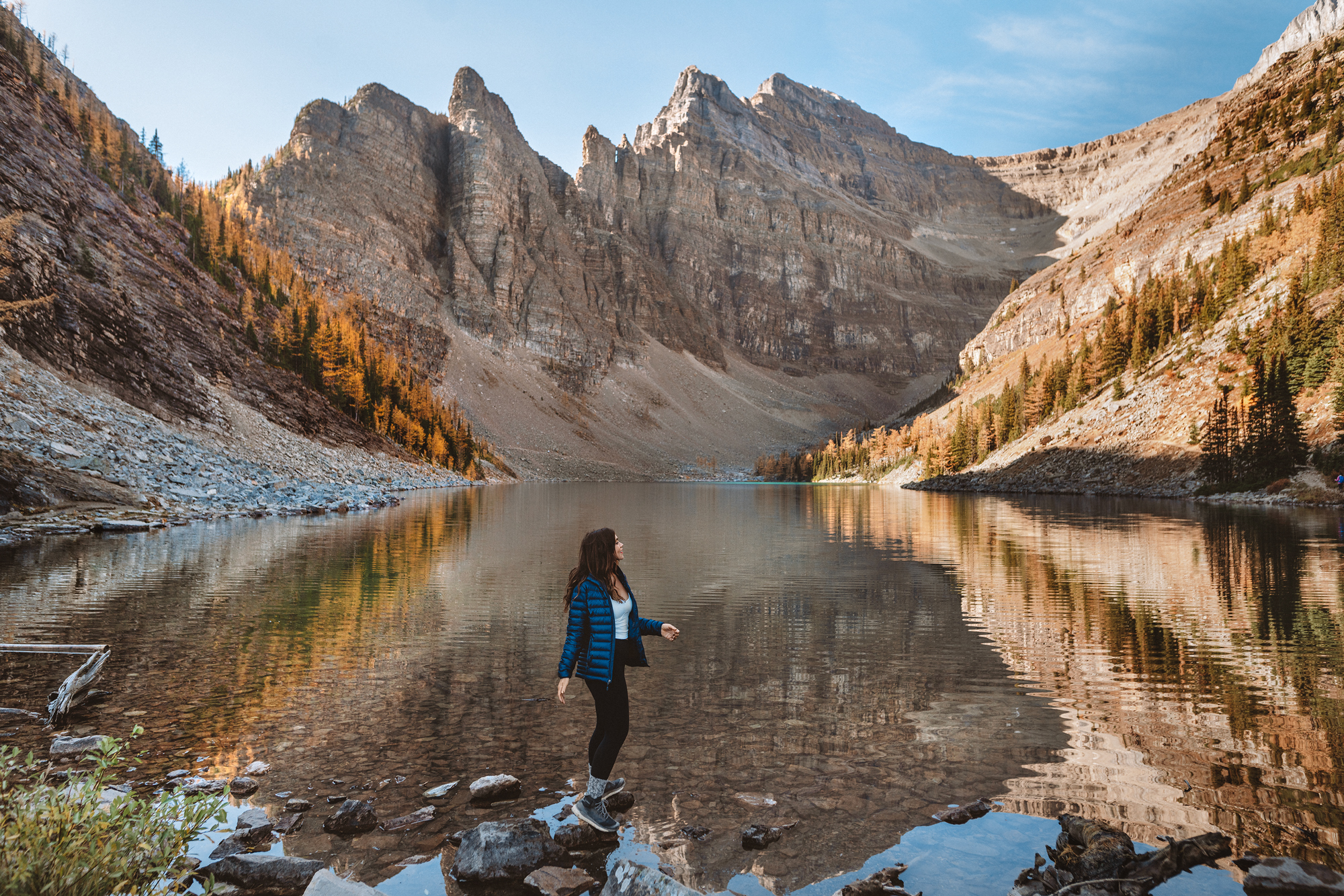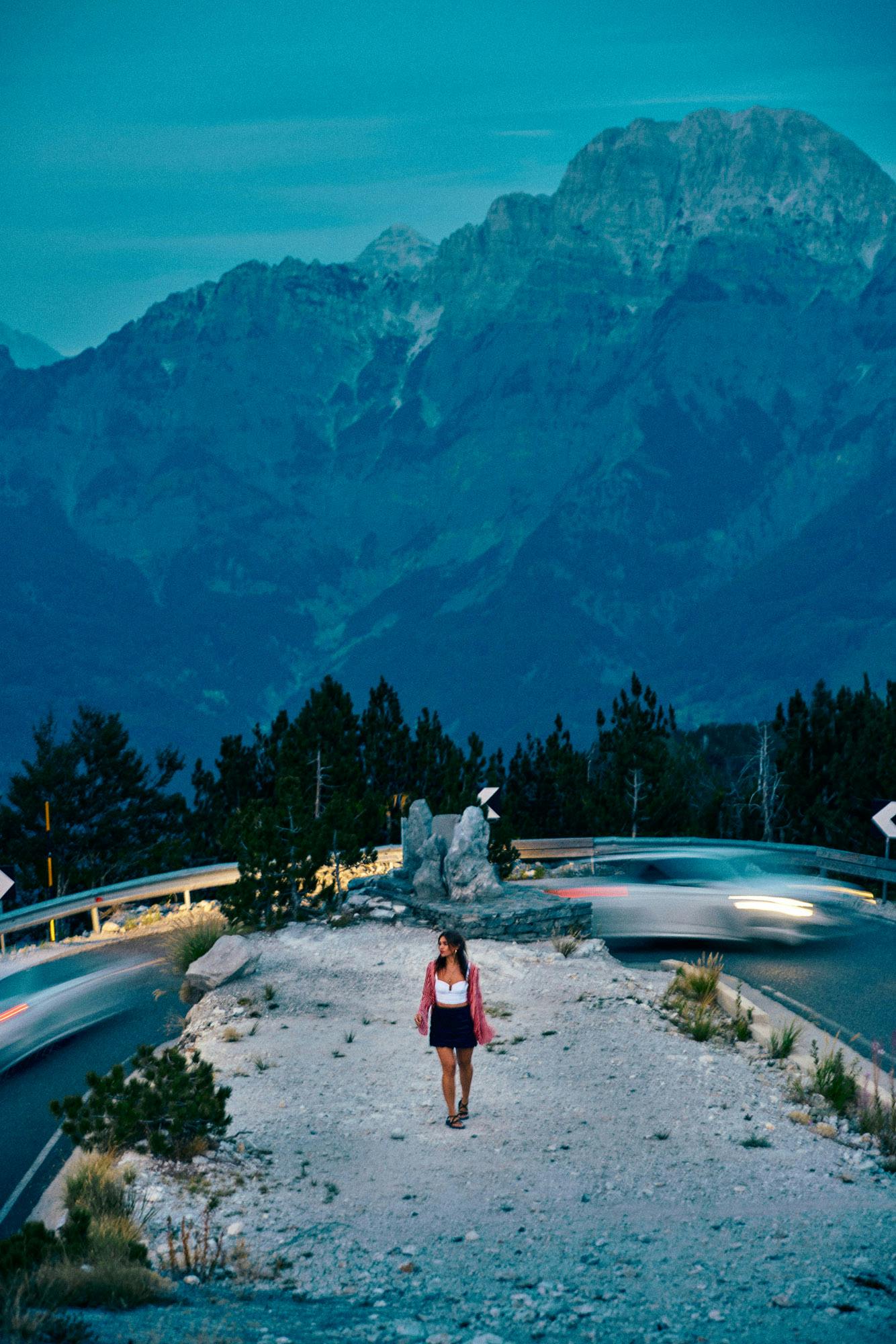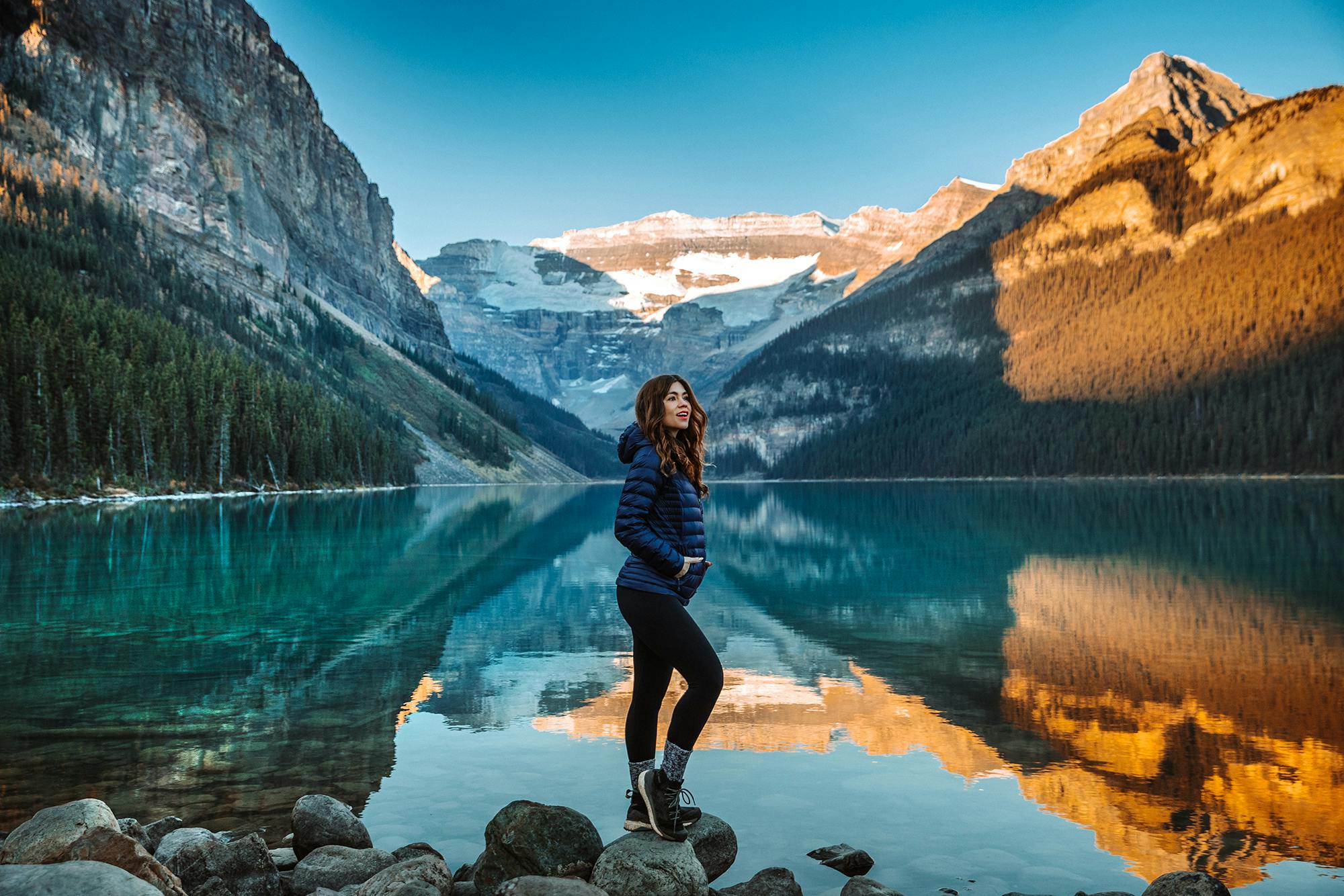Everest Base Camp Trek: What’s New, What’s Changed, and What to Expect
The Everest Base Camp Trek remains one of the world’s most iconic journeys - an adventure that takes trekkers through breathtaking Sherpa villages, glacial valleys, and the foot of the highest mountain on Earth. As we enter 2025, new updates and improvements have made the trek even more accessible, sustainable, and rewarding. Whether you’re planning your first Everest base camp trekking adventure or returning to the Himalayas for another challenge, here’s everything you need to know about what’s new, what’s changed, and what to expect on the trail this year.

Updated Trekking Routes and Infrastructure Improvements
In recent years, Nepal’s Ministry of Tourism and local municipalities have prioritized trail maintenance and route diversification to ensure both safety and sustainability. By 2025, several sections of the EBC route have seen upgrades:
- Suspension bridges reinforced - Key bridges along the Dudh Koshi River, including the famous Hillary Bridge near Namche Bazaar, have undergone maintenance to improve safety during high winds and peak crowd seasons.
- Trail repair and rerouting - Minor reroutes around Phakding and Tengboche have been introduced to reduce congestion and erosion. These new paths offer slightly different scenic views while helping preserve the original trails.
- Eco-friendly trail markings - Recyclable signage now guides trekkers through critical junctions - reducing reliance on plastic markers and improving navigation.
For those flying from Kathmandu, the Lukla flight diversion to Ramechhap Airport continues during peak months (March–May and October–November). While this adds a few hours of driving, it has drastically reduced flight delays and congestion at Tribhuvan Airport.
Revised Permit Requirements and Trekking Regulations
If you’re planning to trek in 2025, understanding the latest permit rules is crucial. The Everest Base Camp Trek now requires:
- Sagarmatha National Park Entry Permit
- Khumbu Pasang Lhamu Rural Municipality Permit
The government officially phased out the TIMS card for the Everest region, streamlining the process. Trekkers can now obtain both required permits in Lukla or Kathmandu.
Another notable update for 2025 is the mandatory guide and porter policy, implemented for safety reasons. Solo trekking is no longer allowed in most parts of the Everest region, ensuring better emergency response and local employment. Trekking agencies are adapting by offering flexible group departures and certified guide options tailored for independent travelers.
Accommodation and Dining - More Comfort at Altitude
Over the past decade, tea houses along the EBC route have evolved significantly. In 2025, trekkers can expect improved comfort and more consistent service standards:
- Electric heating and solar panels - Many lodges from Namche to Dingboche now use solar power for heating and hot water, offering eco-conscious comfort while reducing diesel use.
- Wi-Fi upgrades - Internet connectivity has improved, with 4G coverage now extending up to Gorak Shep. Although bandwidth remains limited, it’s sufficient for messaging and photo sharing.
- Culinary upgrades - Menus at tea houses increasingly feature fresh produce flown in from Kathmandu and locally grown organic vegetables, making food both healthier and more varied.
In Namche Bazaar, several boutique lodges and cafés have opened - blending local Sherpa charm with modern amenities such as en-suite bathrooms and heated blankets. For travelers who want a mix of adventure and luxury, Everest Base Camp luxury treks are becoming more popular, combining helicopter transfers and high-end stays with classic trekking routes.
Environmental Policies and Sustainable Trekking Initiatives
Sustainability remains a top priority in 2025. Following the Sagarmatha Pollution Control Committee’s (SPCC) initiatives, new waste management stations have been installed in Tengboche, Pheriche, and Gorak Shep. Trekkers are now required to carry reusable water bottles, as single-use plastics are banned above Lukla.
Other green developments include:
- “Carry in, Carry out” campaigns - Lodges now encourage trekkers to take back non-biodegradable waste.
- Bio-toilets and waste segregation bins - Introduced in high-altitude settlements to prevent water contamination.
- Eco-certification for lodges - Local operators are now rewarded for adopting solar energy, rainwater harvesting, and composting systems.
By 2025, the Everest region is leading by example in responsible tourism - balancing visitor demand with environmental protection.

Weather Patterns and the Best Time to Trek in 2025
Climate patterns in the Himalayas are changing, and 2025 continues to reflect the trend of slightly warmer pre-monsoon and post-monsoon seasons. While traditional trekking windows - March to May and September to November - remain ideal, trekkers should prepare for more unpredictable conditions.
Spring (March–May):
- Rhododendron forests bloom across the lower valleys.
- Warm days but occasional wind gusts at higher altitudes.
- Excellent for combining trekking with Island Peak Climbing, which shares part of the EBC route.
Autumn (September–November):
- Clear skies and stable weather after monsoon rains.
- Slightly colder nights but superb mountain visibility.
- Increasingly popular among professional photographers and documentary teams.
Winter (December–February):
- Quiet trails and crisp blue skies.
- Extra gear required for sub-zero temperatures.
- Perfect for experienced trekkers seeking solitude.
Summer/Monsoon (June–August):
- Not ideal for most trekkers due to slippery trails and cloud cover, though some adventurers enjoy off-season peace and discounted rates.
Health, Safety, and Altitude Preparedness in 2025
With Nepal’s continued emphasis on safety, health protocols for trekkers have evolved post-pandemic:
- Altitude awareness - Health posts in Namche, Pheriche, and Gorak Shep now operate with upgraded oxygen chambers and telemedicine support.
- COVID-19 guidelines - While vaccination proof is no longer mandatory, trekkers are encouraged to carry masks and sanitizers, especially in shared lodges.
- Rescue insurance enforcement - Trekking companies now verify all clients’ insurance coverage before issuing trekking permits - an important measure for emergency evacuation cases.
Trekkers should follow standard altitude precautions: ascend gradually, hydrate well, and plan rest days at Namche and Dingboche. AMS (Acute Mountain Sickness) remains a risk, but awareness and facilities have improved remarkably since 2020.
Technology and Connectivity - Trekking in the Digital Age
The Everest region has embraced technology like never before. In 2025:
- E-sim and mobile networks - Both Ncell and Nepal Telecom provide 4G coverage as far as Gorak Shep, allowing trekkers to share real-time updates and navigate with GPS apps.
- Digital permits - Pilot programs are testing QR-based trekking permits, reducing paperwork and helping authorities track visitor flow for safety and data analysis.
- Cashless payments - Some lodges and shops in Namche and Lukla now accept digital wallets like eSewa or Fonepay, though carrying cash is still essential above Tengboche.
Technology has also enhanced trekking safety - weather apps, satellite communicators, and GPS trackers are becoming standard gear for guided expeditions.
Crowd Management and the Trekking Experience
The Everest Base Camp trail continues to attract thousands of visitors each year, but crowd management strategies have improved. Authorities have implemented:
- Permit quotas - During April and October, daily permits are capped to prevent overcrowding on the trail and in teahouses.
- Staggered group departures - Trekking agencies now schedule groups to start at different times of day to reduce congestion on steep sections.
- Promotion of alternative routes - Treks like Gokyo Valley, Three Passes, and Island Peak Climbing are encouraged to distribute visitor flow more evenly across the region.
These measures ensure a better experience for trekkers while protecting local ecosystems and cultural heritage sites.
Cultural Highlights and Sherpa Traditions
Beyond the scenery, 2025 continues to spotlight the region’s cultural depth. Sherpa communities remain at the heart of the Everest trekking experience, welcoming travelers with resilience and warmth.
- Festivals - Mani Rimdu Festival at Tengboche Monastery (usually October–November) remains a cultural highlight where trekkers can witness masked dances, prayers, and blessings.
- Heritage preservation - The Khumjung Hillary School and Pangboche Monastery are receiving conservation support from local NGOs, helping preserve Sherpa education and spirituality.
- Homestay experiences - More families now open their homes to visitors, offering authentic cultural immersion beyond standard tea-house stays.
These experiences deepen the connection between trekkers and the communities that sustain the Everest trail.
What to Expect Financially - Costs and Logistics in 2025
With inflation and infrastructure improvements, Everest Base Camp Trek costs in 2025 have slightly increased but remain reasonable considering the quality of services offered.
- Average cost - USD 1,400–1,800 for a 12–14 day trek (including permits, domestic flights, guide, porter, food, and accommodation).
- Luxury treks - Starting around USD 2,800, featuring upgraded lodging and helicopter transfers.
- Additional costs - Wi-Fi, charging, hot showers, and tips - budget an extra USD 200–300.
Booking early ensures better availability, particularly during spring and autumn. Travelers are advised to choose licensed trekking agencies that adhere to Nepal’s sustainability and safety guidelines.
The Everest Base Camp Trek in 2025
The Everest Base Camp Trek in 2025 blends tradition with transformation. From better infrastructure and eco-initiatives to digital permits and enhanced safety, the journey has never been more rewarding or responsible. The Himalayas continue to evolve, but the magic of standing at the foot of Mount Everest - watching the sunrise over the Khumbu Icefall - remains timeless.
If you’re ready to experience the world’s most legendary trek with modern comfort and deeper cultural insight, there’s no better time than now to plan your Everest base camp trekking adventure. For those seeking an added challenge, combine it with Island Peak Climbing - a perfect way to take your Himalayan experience to the next level.




